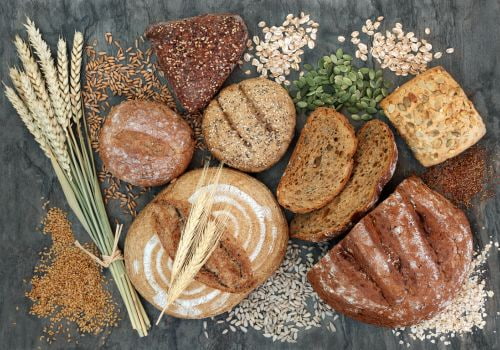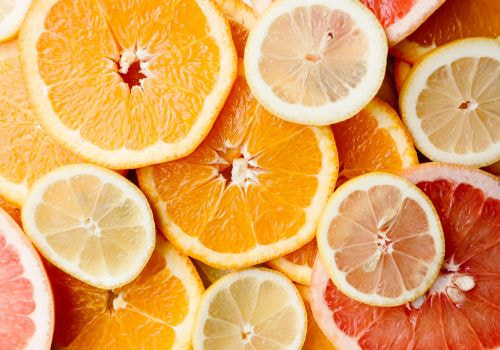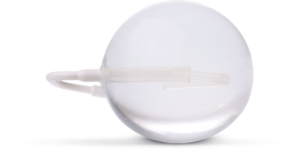It is a well-known fact that high fiber diets offer a host of benefits. Often touted as one of the core tenets of a healthy lifestyle, fiber is an absolutely essential nutrient. However, were you aware that fiber may also have an impact upon the antibiotic resistance of bacteria within the gut?
While this is a lesser-known observation, it is still quite important in terms of the so-called “good” intestinal bacteria. Let’s take a quick look at the general advantages of fiber in diets before examining its relationship with healthy gut bacteria.
What are the Main Advantages of Fiber?
Fiber serves several important roles in terms of digestion. One crucial purpose involves its ability to absorb water in the small and large intestines. This helps to avoid issues with bowel movements and other problems such as indigestion. Furthermore, fiber has been known to exert several positive effects upon the cardiovascular system. It can help to lower blood pressure over time while balancing out cholesterol levels.
Another interesting observation is that the “bulky” nature of fiber will help individuals feel fuller for longer periods of time. This is one of the main reasons why fiber is an important nutrient to consume by those who are hoping to curb daily food cravings and to lose weight.

How Does Fiber Relate to Intestinal Bacteria?
The chances are high that you are already familiar with at least some of the observations mentioned in the previous section. Still, the relationship between fiber and anti resistant bacteria is just as important to appreciate. A bit of science will help to shed some light upon this topic.
The intestinal tract contains billions of small organisms known as microbes. While the majority of these are classified as forms of bacteria, they are actually essential in ensuring the overall health of our gut. They can help to promote digestion, to aid the body in its absorption of nutrients and to prevent specific illnesses. Some doctors even feel that there may be a link between a lack of these microbes and chronic conditions such as Crohn’s disease.
Having said this, there can be instances when this very same bacteria proliferates to an extent when it can actually begin to harm the digestive system. Furthermore, microbes that are resistant to antibiotics (anti resistant bacteria) can pose real problems in terms of treatment options.
Studies have found that consuming between eight and ten grams of soluble fiber each can help to stave off the growth of antibiotic-resistant microbes in the gut. This is extremely important, as the number of medications used to treat illnesses related to the digestive tract is relatively limited.
The Top High-Fiber Foods to Include in a Healthy Diet
Assuming that you are concerned about the health of your digestive flora, what are some of the best foods to consume? As stated in the last section, soluble fiber is the most valuable, as it can be easily digested and you will be less likely to experience issues such as bloating after a meal. Consider these highly nutritious sources:
- Black beans.
- Lima beans.
- Brussels sprouts.
- Avocados.
- Sweet potatoes.
- Fig.
Thankfully, any of these can also represent a tasty treat throughout your day!
Substances to Avoid
Those who choose to adopt high fiber diets are likewise advised to avoid specific foods that may impede the ways in which this fiber is metabolized. Here are some examples:
- Refined wheat products.
- Vegetable juices and seeds.
- Fruit pulp.
- Overcooked vegetables.
Note that another reason to abstain from these foods involves the fact that they are all relatively high in fiber. If too much of this substance is consumed at any given time, you may begin to experience digestive issues such as constipation and bloating.

A Daily Dose Goes a Long Way
The microbes within our intestines can be considered “unsung heroes” in terms of their overall beneficial effects. Still, too much of a good thing can produce unexpected results. Consuming plenty of fiber is one of the best ways to guarantee that this bacteria does not become resistant to antibiotics.
When high fiber diets are combined with the well-known benefits of the Spatz3 adjustable gastric balloon, you will be able to maintain a healthy digestive tract while simultaneously moderating your body weight.


